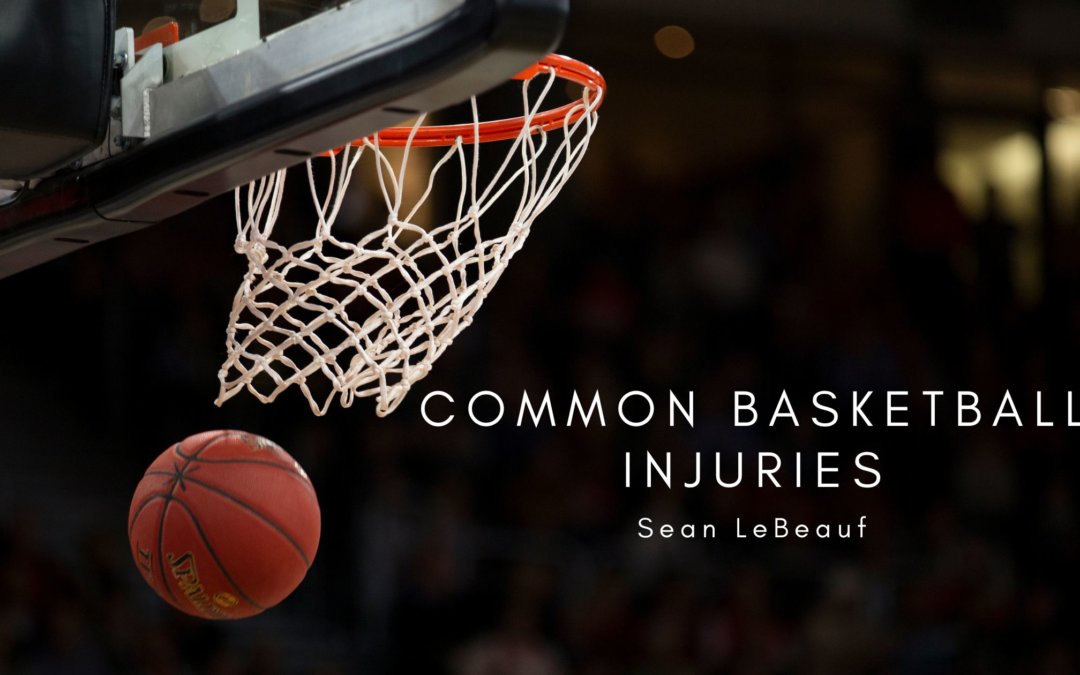Most commonly, basketball players suffer from injuries such as ankle and knee strains and facial fractures. In addition, there are also cases of foot and hand injuries, cuts, deep bruising, and jammed finger joints.
Jammed Fingers
When a ball hits the end of a finger, it can cause significant swelling and pain. Some treatment options include applying ice and buddy-taping the affected area to prevent further swelling. If the swelling and pain remain, an X-ray may be required.
Ankle Sprains
Rest, elevation, compression, and ice are some treatment options for an ankle injury. A physician usually evaluates the need for X-rays depending on the pain’s severity and the injury’s location. If the pain and swelling are severe, it may be necessary to consult a specialist. When evaluating a child, be cautious of a growth plate issue rather than a simple sprain.
Knee
To play basketball, you must perform intricate cuts and stop-and-go movements that can put your knee at risk. When this happens, an injury to the collateral ligament can occur. It can be treated with ice and bracing.
An anterior cruciate ligament injury is more severe and can occur when a person lands awkwardly on their knee. Usually, this injury requires surgery and ends a player’s season. But, with modern techniques, rehabilitation can allow them to play the following season.
Thigh Bruising
Rest, elevation, compression, and ice are some of the usual treatment methods. Commercial products that fit over thigh pads can also protect the injured leg.
Facial Cuts
If the injury is severe, it can require a “butterfly” sterile tape or stitches. Players can return to action after dressing the wound, and the bleeding stops.
Stress Fractures
The most common cause of stress fractures is training or a rapid increase in activity level. They usually occur in the lower leg and foot. After a diagnosis, immobilization and healing time are necessary to prevent the injury from returning.
Conditioning to Prevent Injury
Before the start of the basketball season, players must have a physical examination. They should also follow the recommendations for proper hydration.
Those not in good physical condition can increase their risk of injury. To prevent this, they must maintain their fitness levels. After a short period of inactivity, they can gradually increase their activity levels.
Sports medicine experts recommend that athletes take at least a season off from their sport to prevent overuse injuries. Doing so can help minimize the risk of getting injured. One of the most common reasons why young athletes overtrain is because they’re under pressure. Instead of training hard, they should listen to their bodies and decrease their intensity and duration of activity.
Ask your coach or athletic trainer about developing a program that teaches ACL injury prevention techniques. The athlete should only be allowed to return to action once they’re cleared by a health care professional.

